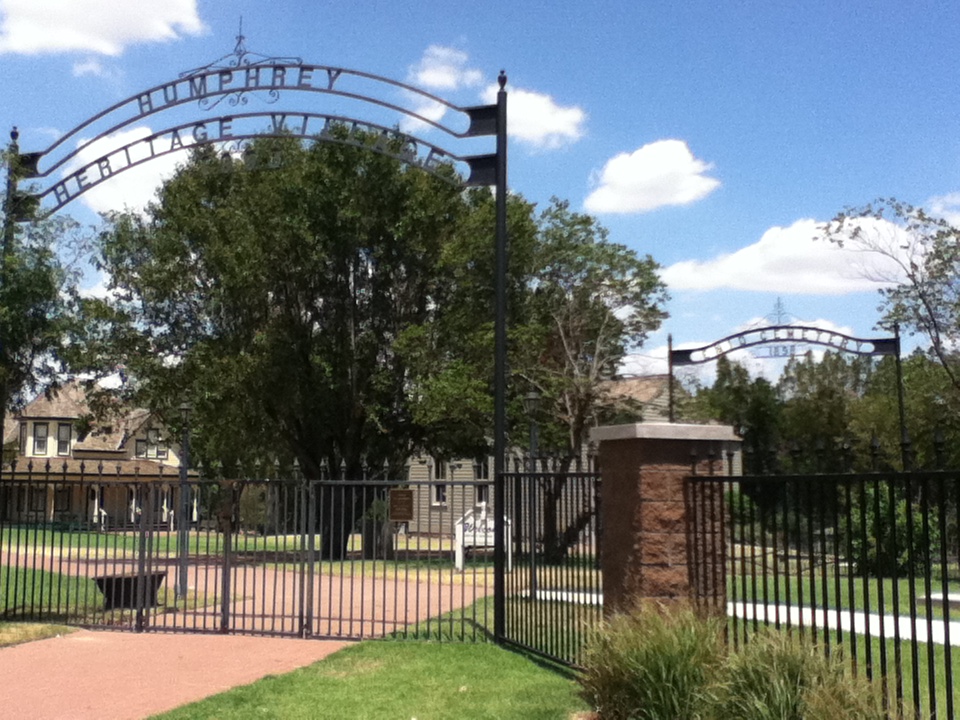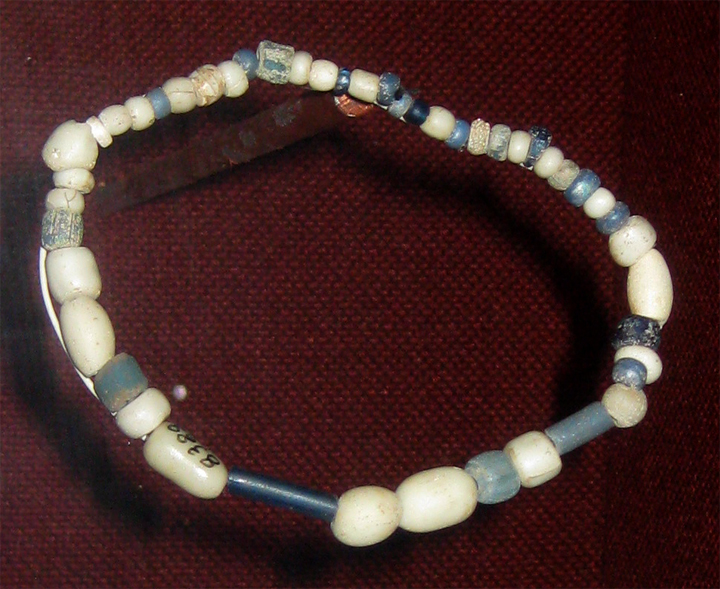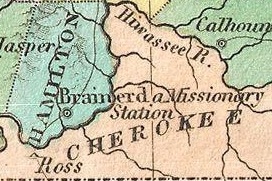|
Enid, Oklahoma
Enid ( ) is the ninth-largest city in the U.S. state of Oklahoma. It is the county seat of Garfield County, Oklahoma, Garfield County. As of the 2020 United States census, 2020 census, the population was 51,308. Enid was founded during the opening of the Cherokee Outlet in the Land Run of 1893, and is named after Enid, a character in Alfred, Lord Tennyson's ''Idylls of the King''. In 1991, the Oklahoma state legislature designated Enid the "purple martin capital of Oklahoma."Purple Martin State Capitals ", ''Nature Society News'', June 2006, p. 8. Enid holds the nickname of "Queen Wheat City" and "Wheat Capital" of Oklahoma and the United States for its immense grain storage capacity, and has the third-largest grain storage capacity in the world. History |
City
A city is a human settlement of a substantial size. The term "city" has different meanings around the world and in some places the settlement can be very small. Even where the term is limited to larger settlements, there is no universally agreed definition of the lower boundary for their size. In a narrower sense, a city can be defined as a permanent and Urban density, densely populated place with administratively defined boundaries whose members work primarily on non-agricultural tasks. Cities generally have extensive systems for housing, transportation, sanitation, Public utilities, utilities, land use, Manufacturing, production of goods, and communication. Their density facilitates interaction between people, government organisations, government organizations, and businesses, sometimes benefiting different parties in the process, such as improving the efficiency of goods and service distribution. Historically, city dwellers have been a small proportion of humanity overall, bu ... [...More Info...] [...Related Items...] OR: [Wikipedia] [Google] [Baidu] |
Land Run Of 1893
In U.S. history, the Land Run of 1893, also known as the Cherokee Outlet Opening or the Cherokee Strip Land Run, marked the opening to settlement of the Cherokee Outlet in the Oklahoma Territory's fourth and largest land run. It was part of what would later become the U.S. state of Oklahoma in 1907. History Background The Cherokee Outlet was one of three areas the Cherokee Nation had acquired after resettlement to lands in present-day eastern Oklahoma in 1835 as part of the Treaty of New Echota. Starting with the publication of a ''Chicago Tribune'' article in 1879, a growing movement of those pressing for the opening up to homesteading of the unoccupied Unassigned Lands located in Indian Territory – people known as Boomers – began to gain widespread popular political clout. The Boomer's views had already prevailed in convincing the government to open up public domain lands to settlement in the 1880s culminating in the Land Run of 1889. After the issuance of Benjami ... [...More Info...] [...Related Items...] OR: [Wikipedia] [Google] [Baidu] |
Cherokee Strip Regional Heritage Center
The Cherokee Strip Regional Heritage Center (CSRHC) is a museum in Enid, Oklahoma, that focuses on the history of the Cherokee Outlet and the Land Run of September 16, 1893. Previously named the Museum of the Cherokee Strip, the museum has undergone renovations expanding the museum space to 24,000 square feet.About Us at http://www.csrhc.org/ Cherokee Strip Regional Heritage Center Website] (accessed April 26, 2010) The Cherokee Strip Regional Heritage Center is home to permanent and temporary exhibit galleries, a research center, and the Humphrey Heritage Village. History Talk of a museum in Enid featuring artifacts from the 1893 Land Run began in the 1940s. In 1951 Harry H. McKeever, chairman of the Cherokee Strip Historical Association, began collecting historical artifacts and interviews with residents ...[...More Info...] [...Related Items...] OR: [Wikipedia] [Google] [Baidu] |
Chicago, Rock Island And Pacific Railroad
The original Chicago, Rock Island and Pacific Railroad (CRI&P RW, sometimes called ''Chicago, Rock Island and Pacific Railway'') was an American Class I railroad. It was also known as the Rock Island Line, or, in its final years, The Rock. At the end of 1970, it operated 7,183 miles of road on 10,669 miles of track; that year it reported 20,557 million ton-miles of revenue freight and 118 million passenger miles. (Those totals may or may not include the former Burlington-Rock Island Railroad.) The song "Rock Island Line", a spiritual from the late 1920s first recorded in 1934, was inspired by the railway. History Incorporation Its predecessor, the Rock Island and La Salle Railroad Company, was incorporated in Illinois on February 27, 1847, and an amended charter was approved on February 7, 1851, as the Chicago and Rock Island Railroad. Construction began in Chicago on October 1, 1851, and the first train was operated on October 10, 1852, between Chicago and Joliet, Illinoi ... [...More Info...] [...Related Items...] OR: [Wikipedia] [Google] [Baidu] |
Chisholm Trail
The Chisholm Trail ( ) was a stock trail and wagon route used in the post-Civil War era to drive cattle overland from ranches in southern Texas, across the Red River into Indian Territory, and northward to rail stops in Kansas. The trail consisted of a pathway established by Black Beaver in 1861 and a wagon road established by Jesse Chisholm around 1864. "The Chisholm Wagon Road went from Chisholm's trading post on the south Canadian River (north of Fort Arbuckle) to the Cimarron River crossing, to the Arkansas River at the future site of Wichita where Chisholm had another trading post and on north to Abilene," according to the Kraisingers. By 1869, the entire trail from Texas to Kansas became known as the Chisholm Trail. Overview Texas ranchers using the Chisholm Trail had their cowboys start cattle drives from either the Rio Grande area or San Antonio. They joined the Chisholm Trail at the Red River, at the border between Texas and the Oklahoma Territory. They contin ... [...More Info...] [...Related Items...] OR: [Wikipedia] [Google] [Baidu] |
Kiowa
Kiowa ( ) or Cáuigú () people are a Native Americans in the United States, Native American tribe and an Indigenous people of the Great Plains of the United States. They migrated southward from western Montana into the Rocky Mountains in Colorado in the 17th and 18th centuriesPritzker 326 and eventually into the Southern Plains by the early 19th century. In 1867, the Kiowa were moved to a Indian reservation, reservation in Southwestern Oklahoma. Today, they are Federally recognized tribe, federally recognized as Kiowa Indian Tribe of Oklahoma with headquarters in Carnegie, Oklahoma. , there were 12,000 citizens. The Kiowa language, Kiowa language (Cáuijògà), part of the Tanoan languages, Tanoan language family, is in danger of extinction, with only 20 speakers as of 2012."Kiowa Tanoan" ''Ethnologue.'' Retrieved 21 June 2012. ... [...More Info...] [...Related Items...] OR: [Wikipedia] [Google] [Baidu] |
Osage Nation
The Osage Nation ( ) () is a Midwestern Native American nation of the Great Plains. The tribe began in the Ohio and Mississippi river valleys around 1620 A.D along with other groups of its language family, then migrated west in the 17th century due to Iroquois incursions. The term "Osage" is a French version of the tribe's name, which can be roughly translated as "calm water". The Osage people refer to themselves in their Dhegihan Siouan language as (). By the early 19th century, the Osage had become the dominant power in the region, feared by neighboring tribes. The tribe controlled the area between the Missouri and Red rivers, the Ozarks to the east and the foothills of the Wichita Mountains to the south. They depended on nomadic buffalo hunting and agriculture. The 19th-century painter George Catlin described the Osage as "the tallest race of men in North America, either red or white skins; there being ... many of them six and a half, and others taller than seven f ... [...More Info...] [...Related Items...] OR: [Wikipedia] [Google] [Baidu] |
Wichita (tribe)
The Wichita people, or , are a confederation of Southern Plains Native American tribes. Historically they spoke the Wichita language and Kichai language, both Caddoan languages. They are indigenous to Oklahoma, Texas, and Kansas. Today, Wichita tribes, which include the Kichai people, Waco, Taovaya, Tawakoni, Yscani, and the Wichita proper (or Guichita), are federally recognized as the Wichita and Affiliated Tribes (Wichita, Keechi, Waco and Tawakoni). Government The Wichita and Affiliated Tribes are headquartered in Anadarko, Oklahoma. Their tribal jurisdictional area is in Caddo County, Oklahoma. The Wichitas are a self-governance tribe, who operate their own housing authority and issue tribal vehicle tags.2011 Oklahoma Indian Nations Pocket Pictorial Directory. ''Oklahoma Indian Affai ... [...More Info...] [...Related Items...] OR: [Wikipedia] [Google] [Baidu] |
Cherokee Trail Of Tears
The Cherokee removal (May 25, 18381839), part of the Indian removal, refers to the forced displacement of an estimated 15,500 Cherokees and 1,500 African-American slaves from the U.S. states of Georgia, North Carolina, Tennessee and Alabama to the West according to the terms of the 1835 Treaty of New Echota. It is estimated that 3,500 Cherokees and African-American slaves died en route. The Cherokee have come to call the event ''Nu na da ul tsun yi'' (the place where they cried); another term is ''Tlo va sa'' (our removal). Neither phrase was used at the time, and both seem to be of Choctaw origin. Other American Indian groups in the American South, North, Midwest, Southwest, and the Plains regions were removed, some voluntarily, some reluctantly, and some by force. The Chickasaw, Choctaw, Muscogee ( Creek), and Cherokee were removed reluctantly. The Seminole in Florida resisted removal by the United States Army for decades (1817–1850) with guerrilla warfare, part of the in ... [...More Info...] [...Related Items...] OR: [Wikipedia] [Google] [Baidu] |
Treaty Of New Echota
The Treaty of New Echota was a treaty signed on December 29, 1835, in New Echota, Georgia, by officials of the United States government and representatives of a minority Cherokee political faction, the Treaty Party. The treaty established terms for the Cherokee Nation to cede its territory in the southeast and move west to the Indian Territory. Although the treaty was not approved by the Cherokee National Council nor signed by Principal Chief John Ross, it was amended and ratified in March 1836, and became the legal basis for the forcible removal known as the Trail of Tears carried out in 1838-1839. Background Early discussions By the late 1820s, the territory of the Cherokee Indian nation lay almost entirely in northwestern Georgia, with small parts in Tennessee, Alabama, and North Carolina. It extended across most of the northern border and all of the border with Tennessee. An estimated 16,000 Cherokee people lived in this territory. Others had emigrated west to present ... [...More Info...] [...Related Items...] OR: [Wikipedia] [Google] [Baidu] |
Cherokee
The Cherokee (; , or ) people are one of the Indigenous peoples of the Southeastern Woodlands of the United States. Prior to the 18th century, they were concentrated in their homelands, in towns along river valleys of what is now southwestern North Carolina, southeastern Tennessee, southwestern Virginia, edges of western South Carolina, northern Georgia (U.S. state), Georgia and northeastern Alabama with hunting grounds in Kentucky, together consisting of around 40,000 square miles. The Cherokee language is part of the Iroquoian languages, Iroquoian language group. In the 19th century, James Mooney, an early American Ethnography, ethnographer, recorded one oral tradition that told of the Tribe (Native American), tribe having migrated south in ancient times from the Great Lakes region, where other Iroquoian Peoples, Iroquoian peoples have been based. However, anthropologist Thomas R. Whyte, writing in 2007, dated the split among the peoples as occurring earlier. He believes that ... [...More Info...] [...Related Items...] OR: [Wikipedia] [Google] [Baidu] |
Broadway Tower In Enid, Oklahoma
Broadway may refer to: Theatre * Broadway Theatre (other) * Broadway theatre, theatrical productions in professional theatres near Broadway, Manhattan, New York City, U.S. ** Broadway (Manhattan), the street **Broadway Theatre (53rd Street), one theatre on Broadway Other arts, entertainment, and media Films * ''Broadway'' (1929 film), based on the play by George Abbott and Philip Dunning * ''Broadway'' (1942 film), with George Raft, Pat O'Brien, Janet Blair and Broderick Crawford Music Groups and labels * Broadway (band), an American post-hardcore band * Broadway (disco band), an American disco band from the 1970s * Broadway Records (other) Albums * ''Broadway'' (album), a 1964 Johnny Mathis album released in 2012 * ''Broadway'', a 2011 album by Kika Edgar Songs * "Broadway" (Goo Goo Dolls song), a song from the album ''Dizzy Up the Girl'' (1998) * "Broadway" (Sébastien Tellier song), a song by Sébastien Tellier from his album ''Politics'' (2004) * "Br ... [...More Info...] [...Related Items...] OR: [Wikipedia] [Google] [Baidu] |










